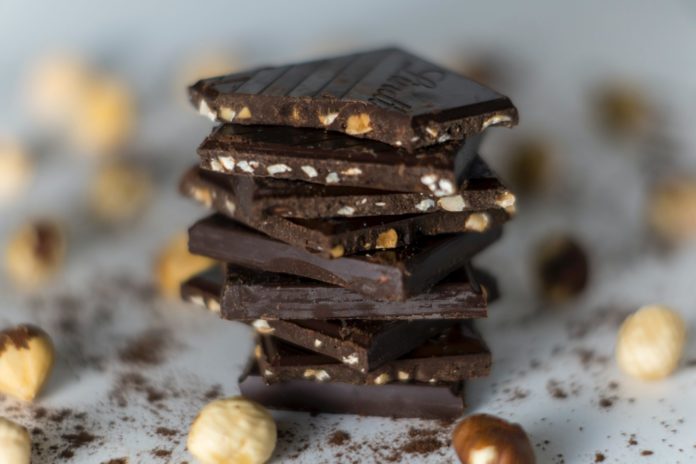Are you thinking of eating that chocolate you have leftover from Easter or even farther back from Valentine’s Day, Christmas, or Halloween? You may be wondering if chocolate goes bad. Well, the shelf life of chocolate depends on the type, quality, and how it’s stored. So before you eat that bar of chocolate that you’re not sure is still goof, here’s how to tell if it’s safe to eat it.
How to Know
First look at the expiration date on the packaging. Chocolates taste better if they’re eaten before their best-by dates, but that doesn’t mean you still can’t eat them after the expiration date. As long as it’s stored correctly and unopened, it’s usually okay to eat chocolate a few months past the expiration date.
In general, chocolate with a higher milk content like milk or white chocolate will go bad quicker than chocolate with a lower milk content like semi-sweet, bittersweet, and dark chocolate. If there are nuts or other ingredients, the candy will go bad faster.
Chocolate Bloom
If you notice a chalky white color on the surface of the chocolate, don’t be alarmed. It’s called chocolate bloom and it happens when the chocolate is exposed to inconsistent temperature changes or if it’s exposed to moisture. This chocolate is still okay to eat, but it won’t be as fresh as it once was and the texture may be a bit off. Your best bet is to bake with it because you won’t even notice the difference.
Your chocolate should be thrown away if it smells bad, has mold, or there are cracks on the surface. If you’re in doubt, put it in the trash.







